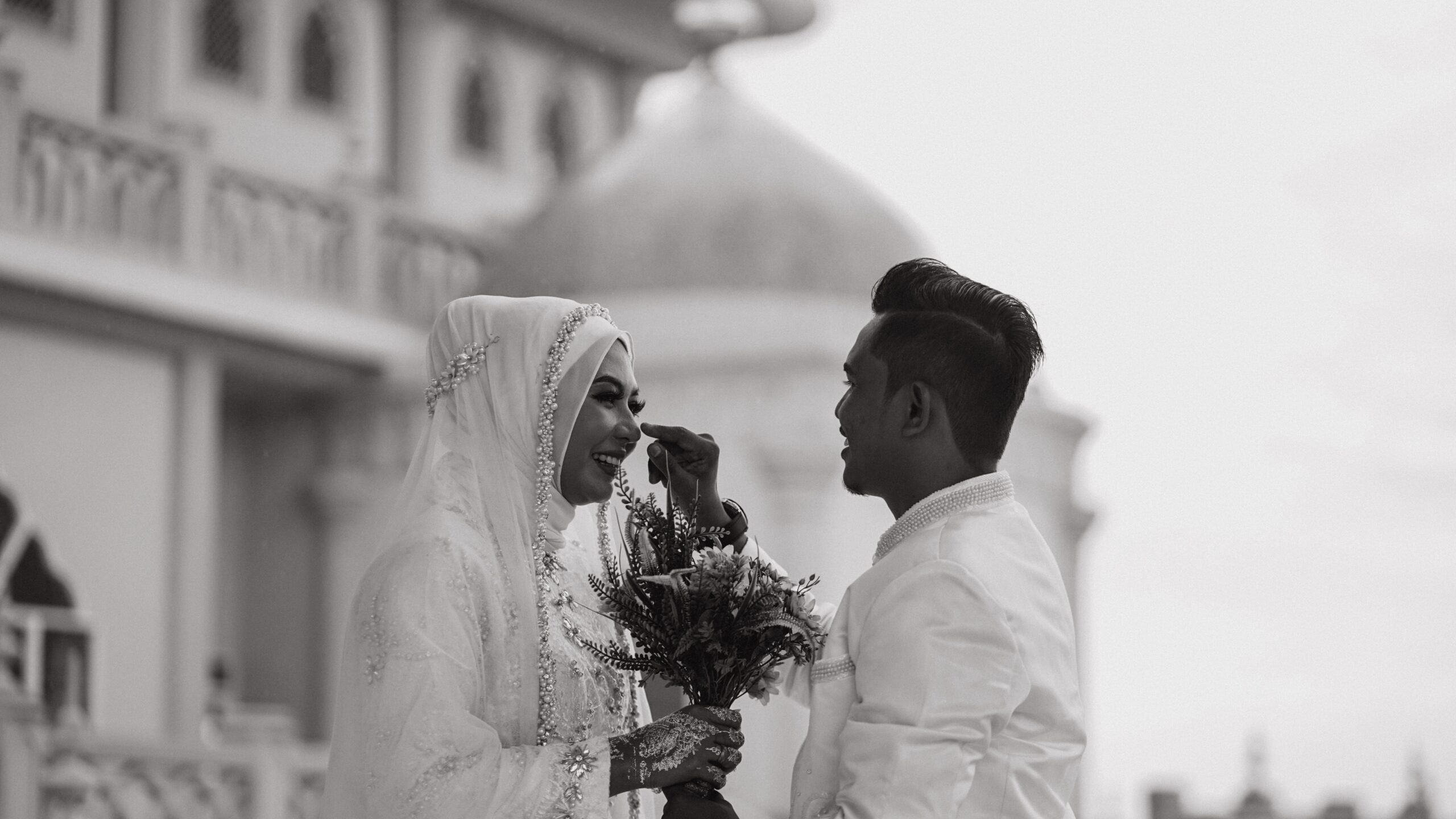The exchange of wedding cards is a cherished tradition in Islamic culture. It is a gesture that carries blessings, prayers, and good wishes for the couple embarking on this sacred journey. Creating a thoughtful and well-crafted Indian wedding card is a beautiful way to honor this tradition and convey your heartfelt sentiments. Here’s a step-by-step guide to help you create an Islamic wedding card that reflects the essence of this special occasion.
Step 1: Understand the Cultural Significance
Before you begin the creative process, it’s important to understand the profound significance of a wedding card in Islamic traditions. It serves as a symbol of love and support and is considered a source of blessings for the newlyweds. A meticulously designed card can set a positive tone for the entire wedding event.
Must Read: Step-by-Step Guide: How to Word Your Muslim Wedding Card Invitations
Step 2: Gather Necessary Supplies
To get started, gather the essential materials you’ll need for this project. You’ll require high-quality cardstock or paper, calligraphy pens or markers, decorative elements like stickers or ribbons, and envelopes, as well as basic tools like glue, scissors, and a ruler. Ensuring you have the right materials will make the process smoother and the final product more refined.
Step 3: Choose a Design and Color Scheme
Selecting a design that resonates with Islamic aesthetics is crucial. Look for patterns, motifs, and themes that are culturally relevant and evoke a sense of tradition and spirituality. Consider incorporating elements like intricate geometric patterns, arabesque designs, or elegant floral arrangements. When it comes to color, opt for shades that hold symbolic significance in Islamic culture. Deep blues, rich greens, and soft golds are popular choices that symbolize prosperity, tranquillity, and blessings.
Step 4: Incorporate Islamic Calligraphy and Art
Arabic calligraphy is a cornerstone of Islamic art, known for its grace and spiritual significance. Integrate this beautiful script into your card design to add an authentic touch. You can feature verses from the Quran or traditional Islamic blessings written in elegant calligraphy. If you’re not proficient in calligraphy, consider using calligraphy pens or fonts available online to achieve a similar effect.
Step 5: Include Relevant Islamic Symbols
Incorporating meaningful Islamic symbols further enriches the card’s spiritual essence. Consider including elements like the crescent moon, henna patterns, or the ‘Bismillah’ (In the name of Allah) inscription. These symbols carry deep significance in Islamic culture and add a layer of sacredness to the card.
Step 6: Write Blessings and Verses
Selecting appropriate verses from the Quran or Hadith is a pivotal step in creating an Islamic wedding card. These verses offer blessings and guidance for the couple’s journey together. Take your time in choosing verses that resonate with the spirit of the occasion and the couple’s aspirations. When writing them, pay attention to the art of calligraphy to ensure they are presented with grace and reverence.
Must Read: The Elegance of Muslim Wedding Cards: Embracing Tradition with a Personal Touch
Step 7: Add Personal Touches
While adhering to Islamic traditions is important, don’t forget to infuse your personal touch into the card. Include your own heartfelt messages, prayers, or well-wishes for the couple. Expressing your genuine emotions in words adds a unique and special touch that the couple will cherish.
Step 8: Assemble and Finalize the Card
With all the elements in place, it’s time to put the card together. Carefully attach any decorative elements, ensuring they enhance the overall aesthetic without overpowering it. Take a moment to review the card, ensuring it exudes a polished and harmonious look.
Step 9: Prepare and Address the Envelope
The envelope is the first thing the recipient will see, so it’s essential to address it with care and respect. Use proper titles and etiquette when addressing the envelope, ensuring it reflects the solemnity of the occasion.
Step 10: Review and Make Final Adjustments
Before presenting the card, take a final moment to review it for any errors or inconsistencies. Ensure that all the elements align seamlessly and that the card exudes the warmth and blessings it’s intended to convey.
In conclusion, creating an Islamic wedding card is an art that allows you to partake in a beautiful tradition and offer your blessings to the newlyweds. By following these steps and infusing your own personal touch, you can craft a card that not only embodies Islamic culture but also reflects your heartfelt sentiments. May your creation bring joy and blessings to the couple as they embark on this sacred journey together.
Must Read: Curating Islamic Wedding Invitations That Cross Borders And Reverberate With Your Unique Love Story








